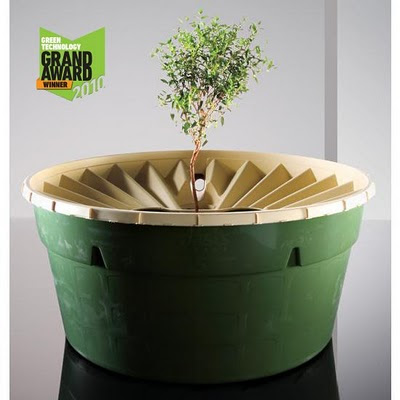Solving the world’s water crisis by extracting water from the air around us could also notably alleviate current trends in Climate Change, as water vapor is responsible for the predominant impact on global warming.
Water vapor is the most significant greenhouse gas
Water vapor is the most significant greenhouse gas
Different gasses in the atmosphere have different abilities to absorb, radiate and transmit heat (http://en.wikipedia.org/wiki/Greenhouse_gas):
Gas | Formula | Contribution (%) |
Water Vapor | H2O | 36 – 72 % |
Carbon Dioxide | CO2 | 9 – 26 % |
Methane | CH4 | 4 – 9 % |
Ozone | O3 | 3 – 7 % |
Water vapor’s contribution varies due to environmental and atmospheric conditions:
- Under a clear sky, this contribution ranges between 36% and 66%
- Under a cloudy sky, this contribution ranges between 66% and 85%
Don’t create 3+ Atom molecules!
Nitrogen and oxygen, two gases that account for 80% of the atmosphere are not greenhouse gases because each molecule of nitrogen and oxygen in made up of two atoms. Water vapor, carbon dioxide, methane, ozone have 3 or more atoms and this makes them excellent absorbers of heat energy radiated by the Earth. Thus, any approach to extract water vapor from air that produces molecules with 3 (or more) atoms will not alleviate current trends in climate change and could further worsen them

